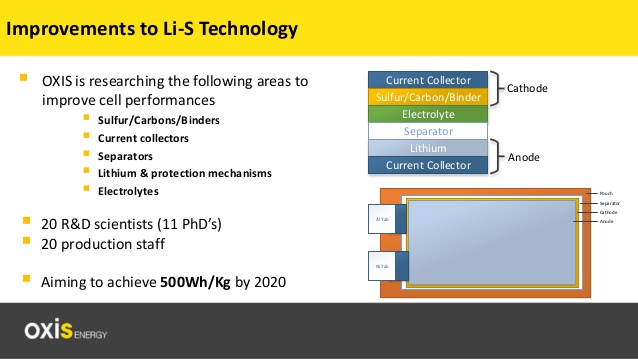Alauda and AMSL – two companies down under – are pressing ahead on divergent missions, but both powering “flying cars” with hydrogen. Both craft will achieve higher speeds and cover longer ranges than most other electric Vertical Take Off and Landing (eVTOL) craft. Alauda Airspeeder MK4 Alauda’s brief history of creating Airspeeders hits its latest iteration, the MK4. It replaces batteries with a 1,000 kilowatt hydrogen-fueled turbo generator driving ducted fans in place of previous open rotors. Up to now, the various Marks were remotely controlled and battery powered. MK4s will be “crewed” and powered by green hydrogen. Evolved over the last few years, MK4 will be much faster than its 100 kilometer per hour predecessors, and we hope, more controllable. Remotely controlled crashes, as shown in this2022 MK3 race, are no more harmful to human operators than a video game – although probably more costly. Looking a great deal like a Formula 1 or Formula e race car, the …
Doubling Down with Ascendance
Ascendance Flight Technologies, a French firm developing an electric Vertical Take Off and Landing (eVTOL) aircraft, has doubled down on its original, smaller airplane. Originally a four-seat, hybrid-powered machine with three lift fans, Atea has retained the name, but grown considerably. Holey Wings Atea now has eight lift fans and two horizontal propellers arranged in a push-pull configuration. It can carry its five passenger in a “Skyview cabin” for 400 kilometers (248 miles) Powered by its modular “Sterna” hybrid-electric propulsion system, the craft will hit as yet unspecified speeds, but within a two-hour range, that will probably be about 124 mph. An expansion of their original design, Atea comes from a group of former Airbus e-Fan engineers and technicians. The web site explains, “Ascendance was cofounded in 2018 by Jean-Christophe Lambert, Benoit Ferran, Clément Dinel and Thibault Baldivia, who together have 26 years combined experience and expertise working on hybrid and electrical aircrafts: from Airbus on the E-FAN all-electric aircraft …
OXIS Energy, Bye Aerospace Develop Lithium-Sulfur Cells
Diane Simard, Senior Vice President and a member of the Board of Directors for Bye Aerospace, sends your editor occasional news from that company. The latest involves a collaboration with OXIS Energy in England to develop new Lithium-Sulfur battery cell technology that shows great, and (even better) near-term promise. Ready to start in September, the project will develop cells that will, ”Achieve the higher energy density required for such aircraft,” referring to Bye’s eFlyer 2 and eFlyer 4 light aircraft. A big jump over currently available batteries, OXIS is now evaluating cells that produce 400 Watt-hours per kilogram, with a promised leap to 500 kW-hr by next year. The best lithium-ion cells at the pack level available now manage 260 W-hr/kg. Huw W. Hampson-Jones, CEO of OXIS Energy, discusses his company’s unique approach to battery development and what this portends for future flight and general electric mobility. Explaining OXIS’s applications, he adds, “Aviation is one of OXIS’ target markets, and …



